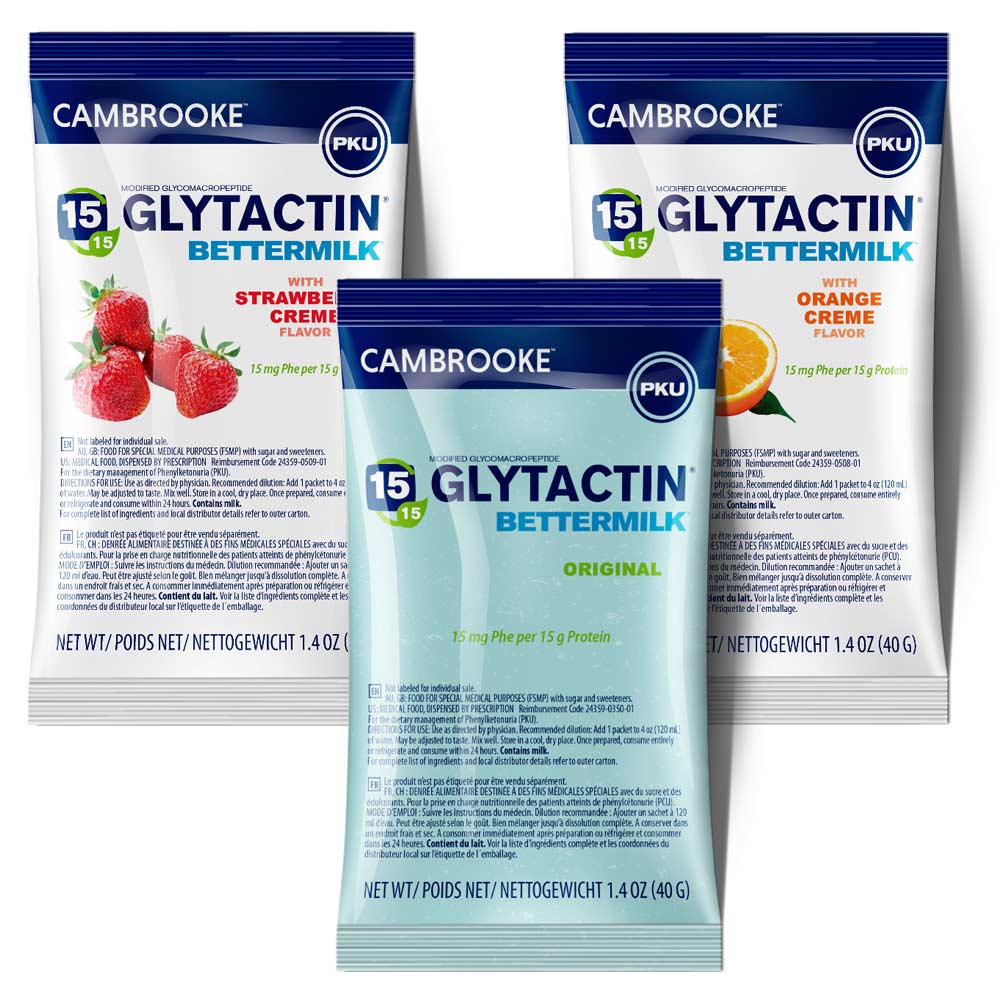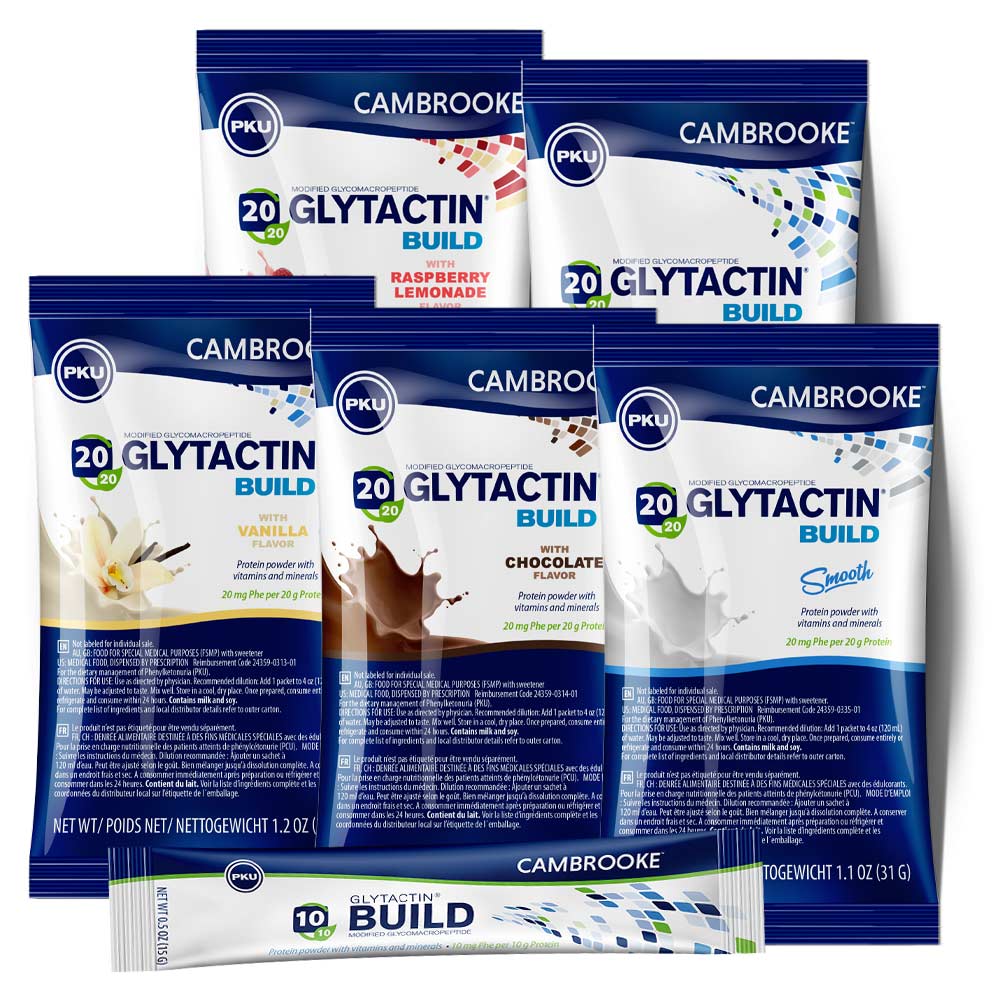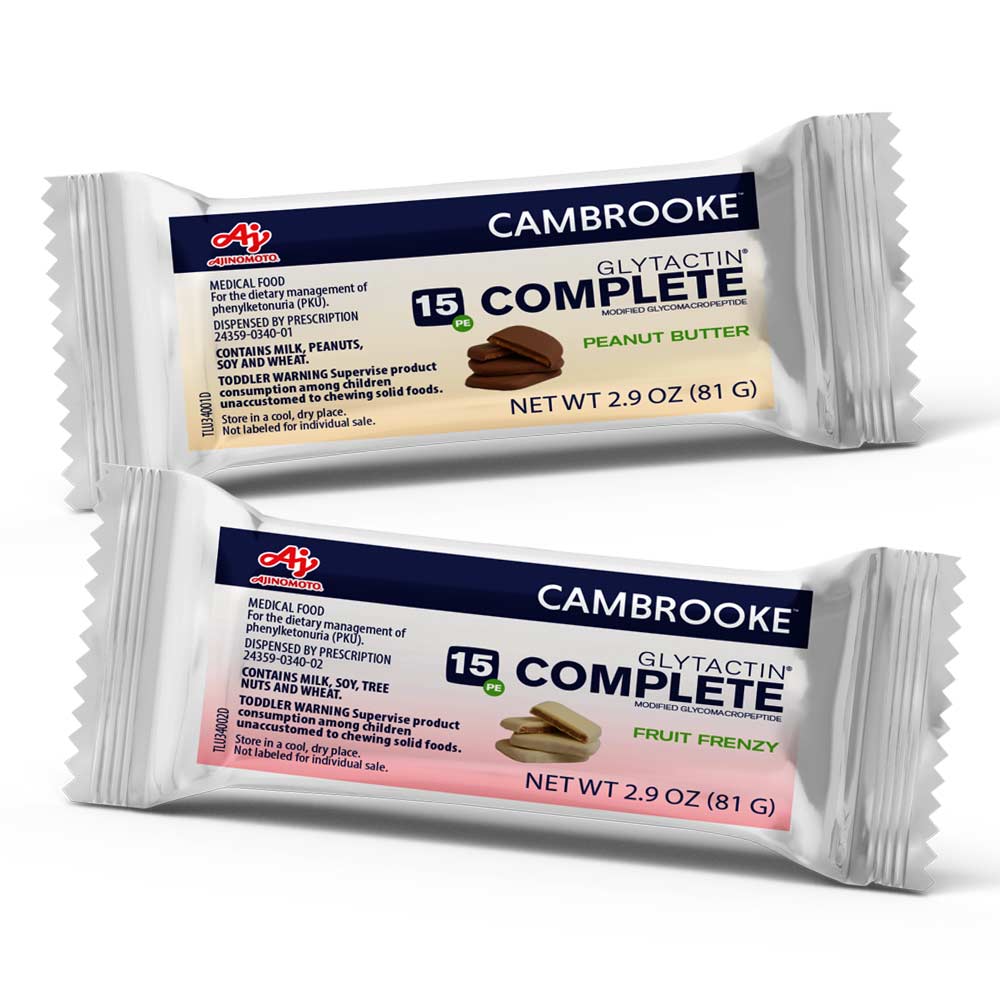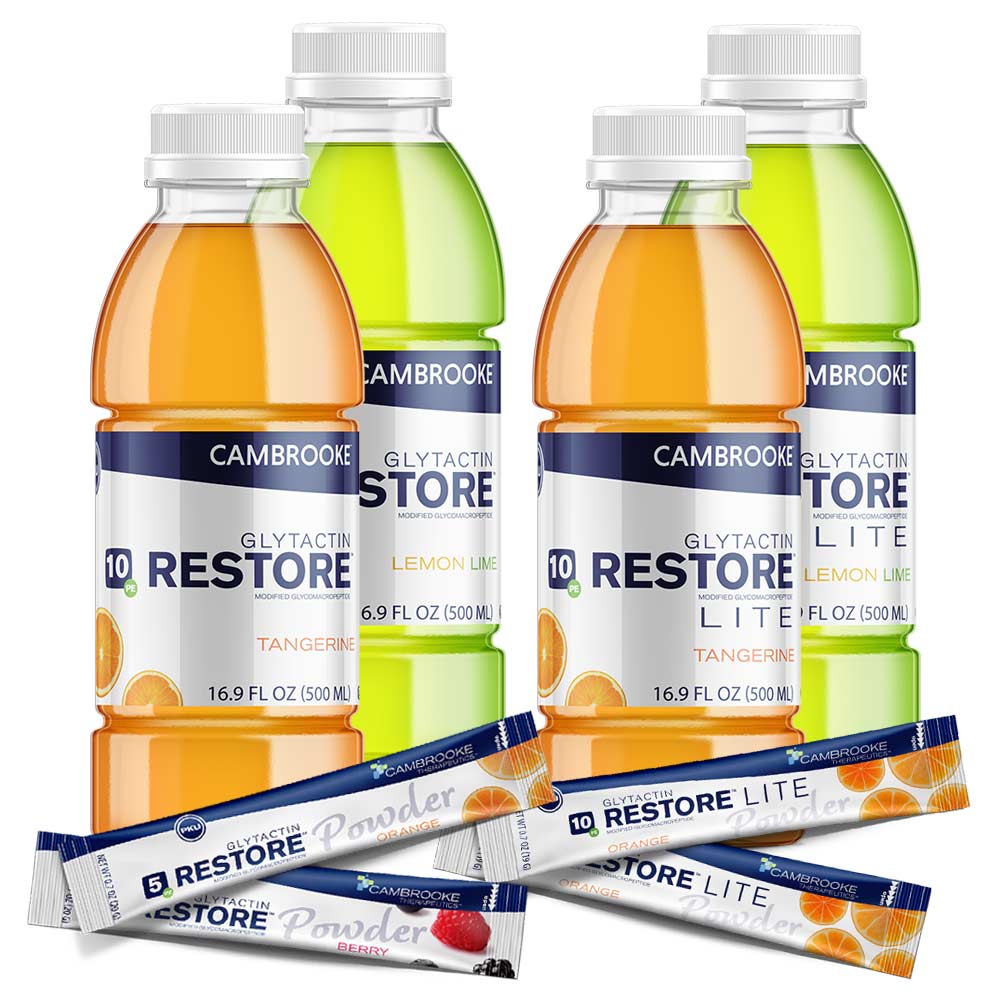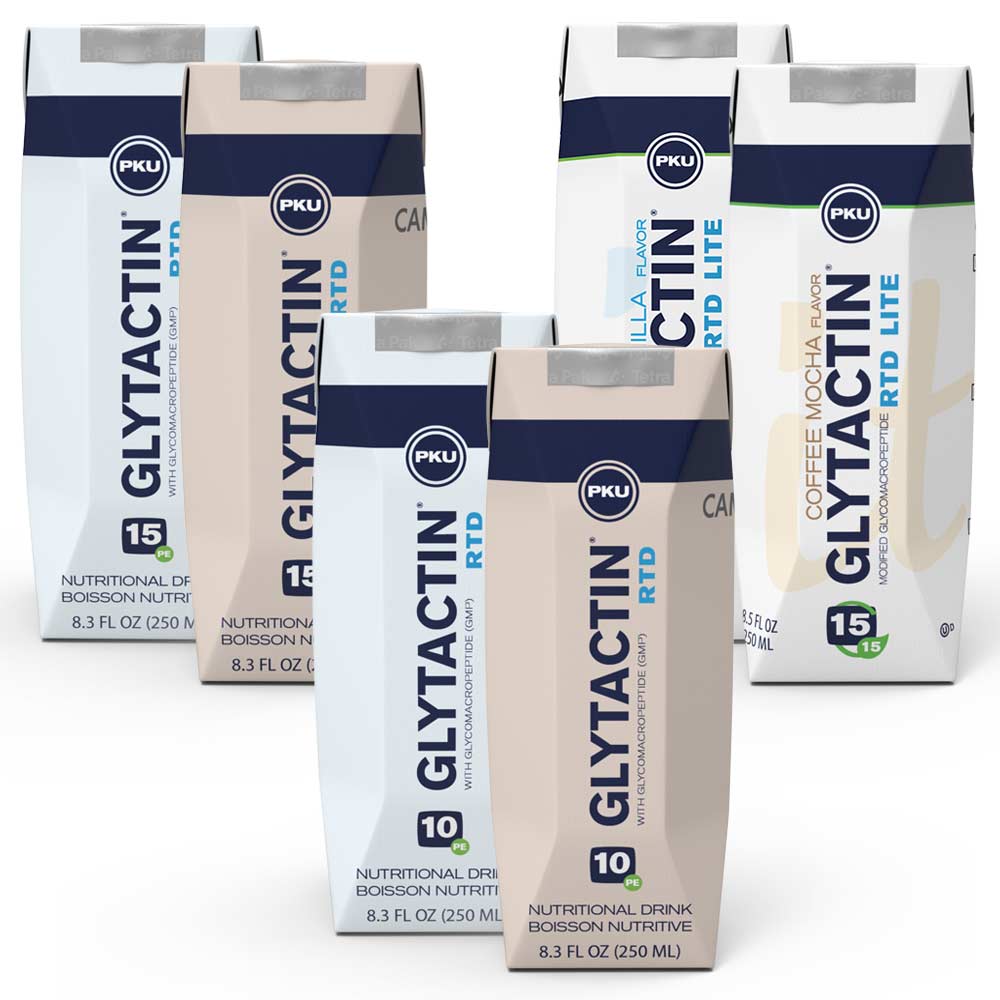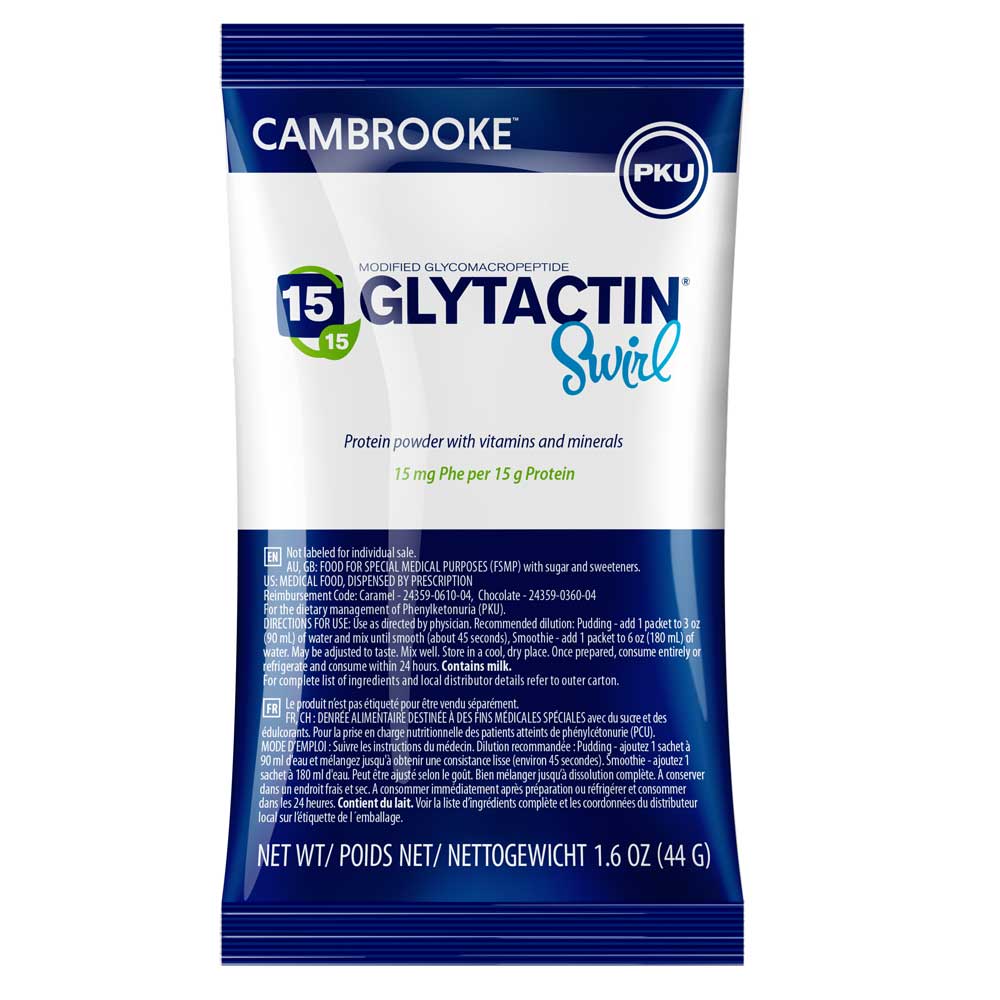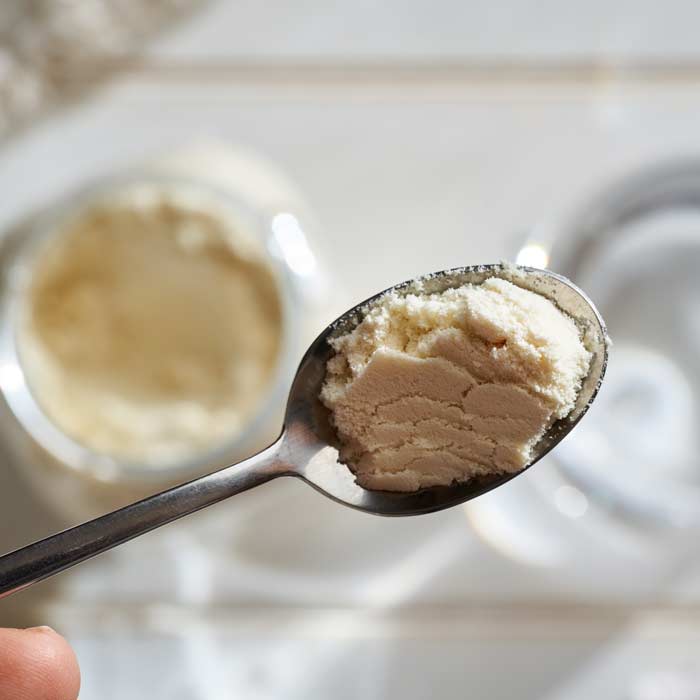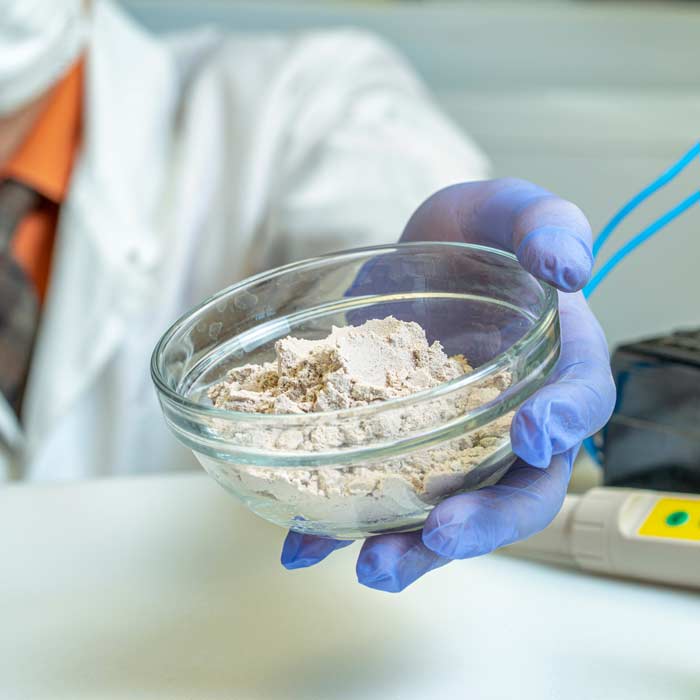Learn about Glytactin®
Cambrooke’s Story
Founded in 2000 by Lynn and David Paolella, Cambrooke was born out of a personal need. As parents of two children diagnosed with phenylketonuria (PKU), Cameron and Brooke, they struggled to provide nutritious and satisfying low protein meals. Their mission was to create better nutritional options for people with chronic medical conditions, focusing on low-protein foods and medical formulas for inborn errors of metabolism.
Today, Cambrooke continues to improve lives with innovative solutions like Glytactin formulas, the first Glycomacropeptide (GMP) based formulas for the dietary management of people with PKU.
What are PKU medical formulas?
People with PKU need medical formulas with low or no phenylalanine to meet their nutritional needs.1 There are two main types of formula:

Amino Acid-Based

GMP-Based
These formulas often contain other nutrients such as carbohydrates, fat, vitamins, minerals and trace elements.
What is Glytactin?
Glytactin is Cambrooke’s GMP-based formula. GMP has been clinically studied in children and adults with PKU.2,3,4
Learn more about our Glytactin formulas:
What are proteins, peptides and amino acids?

Protein: A nutrient made of long chains of amino acids, including phenylalanine.

Peptides: Short chains of amino acids (smaller versions of protein), with a taste profile different from whole proteins. GMP is a peptide.

Amino Acids: The building blocks of protein. There are 20 amino acids, 9 of which are essential and must be obtained from food. They can taste bitter, sweet, savory, or neutral.
What is GMP?
Glycomacropeptide (GMP) is a whey-based peptide released during the cheese making process. It’s low in phenylalanine, making it an ideal protein substitute for PKU when combined with other amino acids.5,6
How was GMP discovered and how did it become an option for PKU?
Dr. Mark Etzal from the Center for Dairy Research developed a method to extract GMP from milk during the cheese making process. In 2002, the Paolellas (Cambrooke’s founders) helped form a task force to investigate GMP for PKU.
The University of Wisconsin Madison led research, and by 2010, Cambrooke introduced the first GMP-based formula. This collective effort helped revolutionize GMP as a new category of formulas for PKU. Cameron and Brooke even helped develop the first flavor!
1. Smith WE, Berry SA, Bloom K, et al. Phenylalanine hydroxylase deficiency diagnosis and management: A 2023 evidence-based clinical guideline of the American College of Medical Genetics and Genomics (ACMG). Genet Med. 2024;0(0). doi:10.1016/j.gim.2024.101289
2. Ney DM, Stroup BM, Clayton MK, et al. Glycomacropeptide for nutritional management of phenylketonuria: a randomized, controlled, crossover trial. Am J Clin Nutr. 2016;104(2):334-345. doi:10.3945/ajcn.116.135293
3. Pena MJ, Pinto A, Daly A, et al. The Use of Glycomacropeptide in Patients with Phenylketonuria: A Systematic Review and Meta-Analysis. Nutrients. 2018;10(11):E1794. doi:10.3390/nu10111794
4. Daly A, Högler W, Crabtree N, et al. Growth and Body Composition in PKU Children—A Three-Year Prospective Study Comparing the Effects of L-Amino Acid to Glycomacropeptide Protein Substitutes. Nutrients. 2021;13(4):1323. doi:10.3390/nu13041323
5. Vockley J, Andersson HC, Antshel KM, et al. Phenylalanine hydroxylase deficiency: diagnosis and management guideline. Genet Med. 2014;16(2):188-200. doi:10.1038/gim.2013.157
6. LaClair CE, Ney DM, MacLeod EL, Etzel MR. Purification and Use of Glycomacropeptide for Nutritional Management of Phenylketonuria. J Food Sci. 2009;74(4):E199-E206. doi:10.1111/j.1750-3841.2009.01134.x




